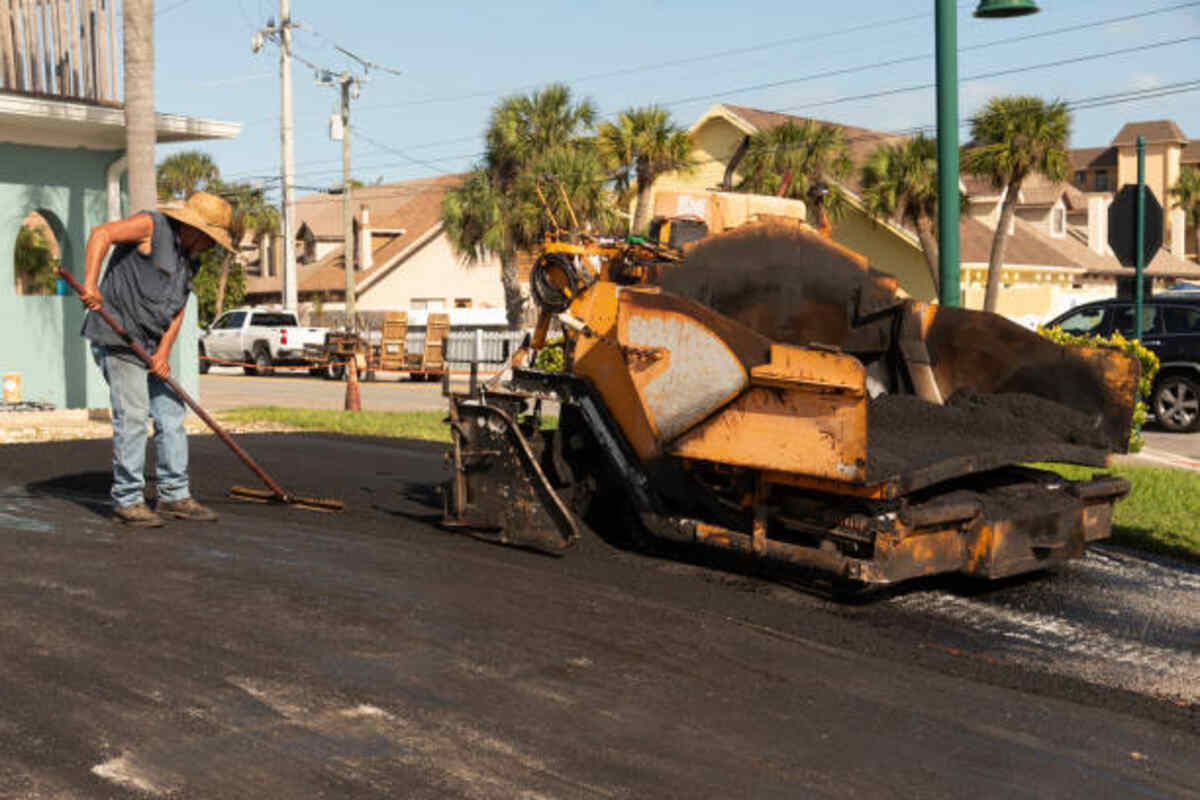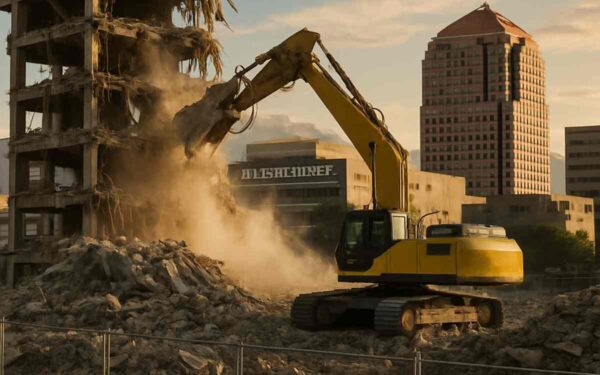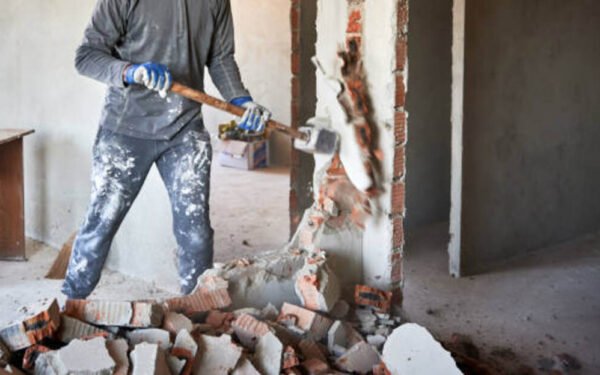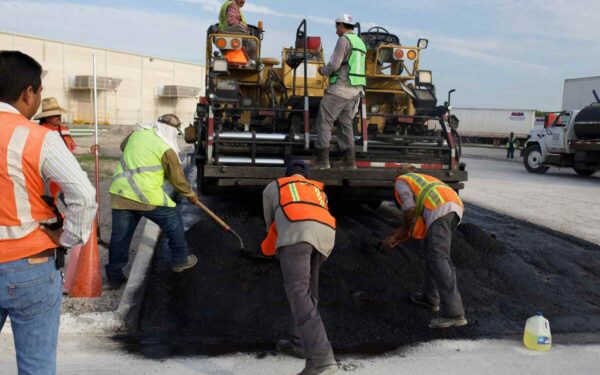Cost Factors for Paving in Rancho Cucamonga

Hey there! Are you thinking about paving a driveway, parking lot, or maybe even a backyard basketball court in Rancho Cucamonga? If so, you’ve come to the right place. We’re going to break down the cost factors involved in paving projects in this sunny Californian city. Whether you’re considering hiring a local paving contractor or just curious about the process, you’ll find this guide helpful. Let’s dive in! The Amazing fact about driveway contractors Rancho Cucamonga.
Understanding the Basics of Paving
Before we get into the nitty-gritty of costs, let’s talk about what paving involves. Paving is the process of laying down a hard surface, like asphalt or concrete, to create a smooth, durable area. It’s perfect for driveways, walkways, and even larger projects like parking lots.
What is Paving?
Paving is more than just laying down stones or pouring concrete. It involves a meticulous process that starts with planning and ends with a finished, usable surface. Paving can include various materials, techniques, and finishes, depending on the desired outcome and usage.
Types of Paving Materials
The most common paving materials are asphalt and concrete, each offering unique benefits. Asphalt is known for its sleek, black finish and flexibility, which can prevent cracking. Concrete, on the other hand, is versatile in design with longer-lasting durability, but is often more expensive.
Paving Techniques
Different techniques are employed in the paving process to ensure durability and aesthetics. These techniques include leveling the ground, compacting the base, and applying the top material with precision. Understanding these methods can help you communicate effectively with your contractor.
Key Cost Factors
Several factors can influence the cost of a paving project. Let’s explore these elements to give you a clearer picture of what to expect.
1. Type of Material
The type of material you choose is one of the most significant cost factors. Asphalt and concrete are the most common options, each with its own set of benefits and drawbacks.
- Asphalt: Typically cheaper than concrete, asphalt provides a smooth, black finish. It’s flexible, which makes it less prone to cracking, but it does require regular maintenance, like sealing, to extend its lifespan. Asphalt is often preferred for its cost-effectiveness and ease of repair.
- Concrete: Generally more expensive upfront, concrete offers a variety of finishes and can last longer than asphalt with less maintenance. It’s great for decorative purposes, but it is more susceptible to cracking in cold weather. Concrete is also valued for its strength and minimal maintenance needs.
2. Size and Scope of the Project
Naturally, the size of the area you want to pave will impact the cost. Larger projects require more materials and labor, which will increase the overall expense. It’s important to get a precise measurement of the area to be paved and discuss this with your paving contractor in Rancho Cucamonga.
- Measuring the Area: Accurate measurements are crucial to avoid over-purchasing materials or underestimating costs. Use tools like measuring tapes or digital measuring devices for precision.
- Project Complexity: The complexity of your project, including curves, slopes, and custom designs, can also affect the cost. More intricate designs require skilled labor and additional materials.
3. Site Preparation
Before paving can begin, the site needs to be properly prepared. This might involve removing old surfaces, leveling the ground, and ensuring proper drainage. The complexity of this preparation can significantly affect the cost.
- Clearing the Area: Removing existing structures or vegetation is the first step. This may involve demolition or excavation, adding to the initial expenses.
- Grading and Drainage: Proper grading ensures water doesn’t pool on your new surface, preventing damage. This step requires careful planning and execution to avoid future issues.
- Soil Stabilization: In areas with unstable soil, additional work might be necessary to stabilize the ground. This could involve adding gravel or other materials to create a solid base.
4. Local Regulations and Permits
In Rancho Cucamonga, as in other places, there are specific regulations and permits required for paving projects. Obtaining these permits can add to the cost, and it’s crucial to factor this into your budget. A reputable local paving contractor will be familiar with these requirements and can guide you through the process.
- Understanding Local Codes: Researching local building codes and regulations can help prevent legal issues. These codes dictate what can be built and where, impacting your project’s scope.
- Permit Application Process: Applying for permits involves paperwork and fees. Some contractors include this service, while others leave it to the homeowner, so clarify this aspect early on.
- Zoning Laws: Zoning laws may affect your paving project, especially in residential areas. Ensure your project complies with all zoning restrictions to avoid fines or required modifications.
Hiring a Local Paving Contractor
When it comes to paving, hiring a professional is often the best route. Local paving contractors in Rancho Cucamonga have the experience and knowledge necessary to ensure a smooth, durable finish. Here’s how to find the right one for your project.
1. Do Your Research
Start by looking up “paving contractor Rancho Cucamonga” online. Check out reviews and ratings to get a sense of who is reliable and who isn’t. Don’t forget to ask friends or family for recommendations!
- Online Reviews and Ratings: Websites like Yelp or Angie’s List offer customer reviews that can provide insight into a contractor’s reliability and quality of work.
- Word of Mouth: Personal recommendations from friends or family can be invaluable. They offer firsthand experiences and often highlight things you might not find online.
- Contractor Websites: Visiting contractor websites can give you an idea of their services, previous projects, and customer testimonials, helping you make an informed decision.
2. Get Multiple Quotes
Once you’ve found a few potential contractors, reach out for quotes. Be sure to provide them with all the details of your project, including the type of material you want, the size of the area, and any specific design elements you’re considering.
- Detailed Project Description: The more details you provide, the more accurate the quote. Include information about site conditions, desired materials, and any additional features you want.
- Comparing Quotes: Don’t just look at the bottom line; consider what’s included in each quote. Some may cover permits and cleanup, while others might charge extra.
- Negotiation: Use multiple quotes to your advantage. Contractors may be willing to match or beat a competitor’s price to win your business.
3. Check Licenses and Insurance
Make sure the contractor you choose is licensed and insured. This protects you in case of any accidents or issues during the project.
- Verification of Credentials: Ask for proof of licensing and insurance. A professional contractor should have no issue providing this information.
- Insurance Coverage: Ensure the contractor’s insurance covers both property damage and worker injuries. This protects you from liability if an accident occurs on your property.
- Industry Certifications: Some contractors may have additional certifications from industry organizations, indicating a higher level of expertise and professionalism.
4. Ask About Experience
A contractor with experience in similar projects will likely provide better results. Don’t hesitate to ask for examples of their previous work or even visit a few local sites they’ve completed.
- Portfolio Review: Request to see a portfolio of completed projects. This can give you a sense of their style and quality of work.
- Site Visits: If possible, visit a few sites where the contractor has completed similar projects. Seeing their work firsthand can help you gauge their attention to detail and craftsmanship.
- Client References: Ask for references from past clients. Speaking directly with previous customers can provide valuable insights into the contractor’s reliability and performance.
Budgeting for Your Project
Now that you understand the factors affecting the cost of paving in Rancho Cucamonga, it’s time to budget for your project. Keep in mind the following tips:
Prioritize Quality Over Price
It might be tempting to go with the cheapest option, but investing in quality materials and workmanship will save you money in the long run.
- Material Quality: High-quality materials may cost more upfront but will require less maintenance and have a longer lifespan, reducing future expenses.
- Skilled Labor: Paying for experienced, skilled labor ensures a higher-quality finish that can withstand the test of time.
- Long-Term Savings: Consider the long-term savings from reduced maintenance and repairs when opting for higher quality.
Plan for Maintenance
Especially if you choose asphalt, remember that maintenance is key to longevity. Factor in the cost of regular sealing and repairs over time.
- Regular Sealing: Asphalt surfaces require sealing every few years to maintain their appearance and durability. Budget for this recurring expense.
- Crack Repairs: Address cracks and other minor damages promptly to prevent them from becoming larger, more costly issues.
- Seasonal Maintenance: Consider how local weather conditions might affect your paving and plan maintenance accordingly.
Set Aside a Contingency Fund
Unexpected expenses can arise, so it’s wise to set aside a little extra in your budget just in case.
- Unforeseen Issues: Problems like soil instability or hidden underground utilities can increase costs unexpectedly.
- Design Changes: You might decide to change certain aspects of the project during construction, requiring additional funds.
- Emergency Repairs: Having a contingency fund ensures you can address any immediate repairs without financial strain.
Conclusion
Paving a new driveway or parking area is an exciting project, but it’s important to understand the cost factors involved. By considering the type of material, size of the project, site preparation, and local regulations, you can plan effectively and choose the right local paving contractor for the job.
Remember, a well-paved surface can enhance the value and aesthetic of your property for years to come. So, take the time to do your research, budget wisely, and enjoy the smooth results!
If you have any questions or need further advice on paving in Rancho Cucamonga, feel free to reach out. Happy paving!






